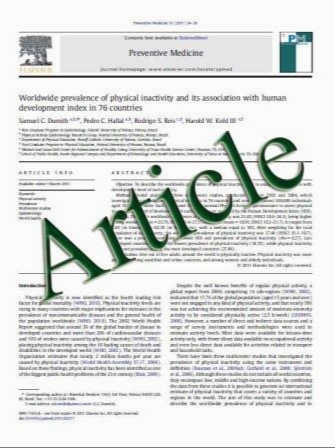Investigating mechanisms of chronic kidney disease in mouse models
- نوع فایل : کتاب
- زبان : انگلیسی
- مؤلف : Allison A. Eddy & Jesْs M. Lَpez-Guisa & Daryl M. Okamura & Ikuyo Yamaguchi
- چاپ و سال / کشور: 2011
Description
Animal models of chronic kidney disease (CKD) are important experimental tools that are used to investigate novel mechanistic pathways and to validate potential new therapeutic interventions prior to pre-clinical testing in humans. Over the past several years, mouse CKD models have been extensively used for these purposes. Despite significant limitations, the model of unilateral ureteral obstruction (UUO) has essentially become the highthroughput in vivo model, as it recapitulates the fundamental pathogenetic mechanisms that typify all forms of CKD in a relatively short time span. In addition, several alternative mouse models are available that can be used to validate new mechanistic paradigms and/or novel therapies. Here, we review several models— both genetic and experimentally induced—that provide investigators with an opportunity to include renal functional study end-points together with quantitative measures of fibrosis severity, something that is not possible with the UUO model.
Pediatr Nephrol DOI 10.1007/s00467-011-1938-2 Received: 25 March 2011 / Revised: 22 April 2011 / Accepted: 25 April 2011


